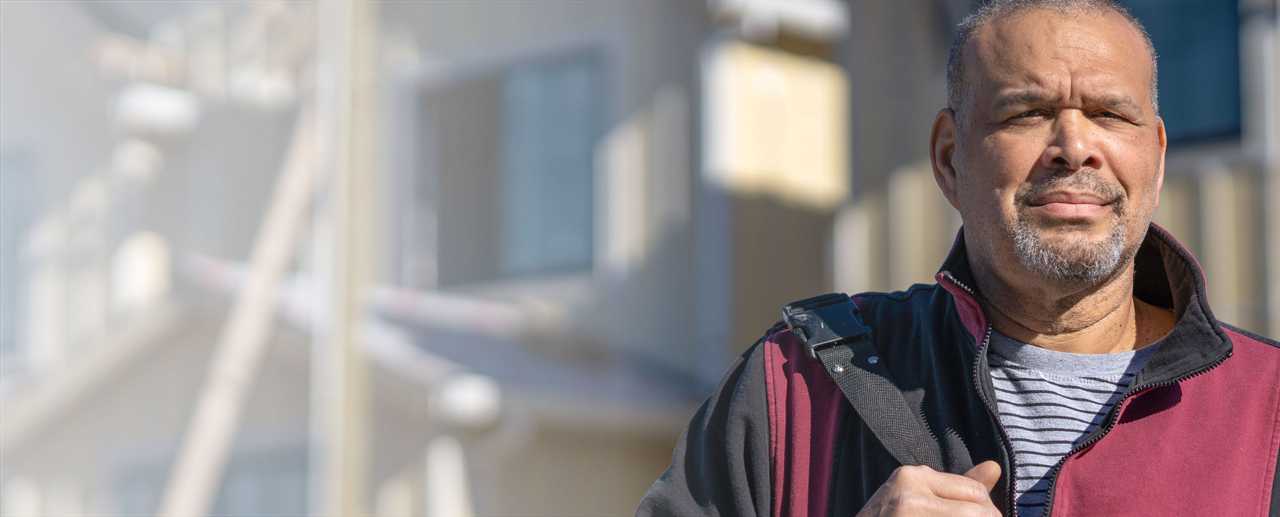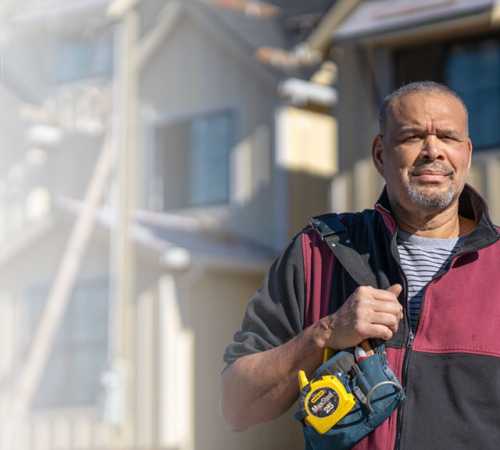"What are
my options?"
There are safer, better ways to heal. It starts with knowing your options.

Different pain, different treatment.
Everyone deserves a plan to help them heal safely. Take charge of your healing by learning your options and talking with your doctor about what will work best for you.
Studies show that non-opioid options (like prescription-strength acetaminophen and ibuprofen, topical creams, physical therapy and acupuncture) are highly effective and safe for treating pain—even after serious injuries and surgeries.
In many ways, health care has changed during COVID-19. You may have questions about what’s available or how health care providers are keeping patients safe when they visit the office. Safe options for healing are still available. But you might access these options in new ways, with treatment now offered online or by phone. And providers are taking extra steps to protect patients who need or want an in-person appointment. Reach out to your provider to learn how to get the care you need.
Risks and downsides of opioid painkillers
- Physical dependence in just a few days
- Slower healing
- Cloudy thinking
- Disrupted sleep
- Nausea, constipation and other side effects
- Risk of re-injury
Seven options for safe healing
Insurance and safe healing
Many options for safe healing—including appointments online and by phone—are covered by insurance companies and the Oregon Health Plan. Contact your health plan to learn what's available to you.
If you don’t have insurance or have recently lost work, you may be eligible for free coverage through the Oregon Health Plan. Learn more online or by calling 1-800-699-9075.
“When my patients come to me in pain, I’m glad when they ask about different ways to treat pain because there are a lot of different ways to treat pain, not just with pills.”
Dr. Madrigal listens to his patients and helps them make informed decisions that are right for them.
